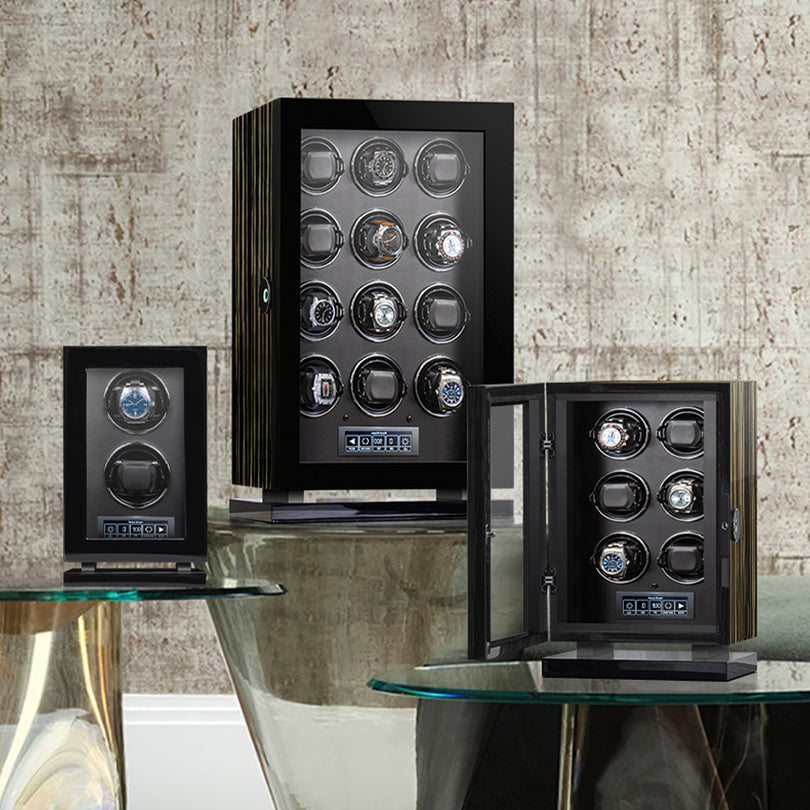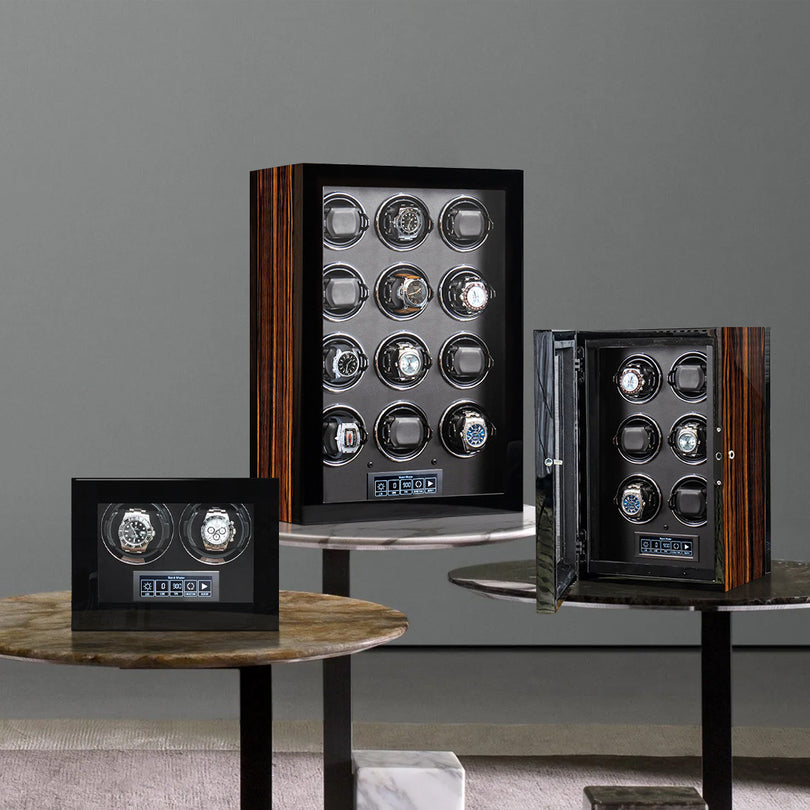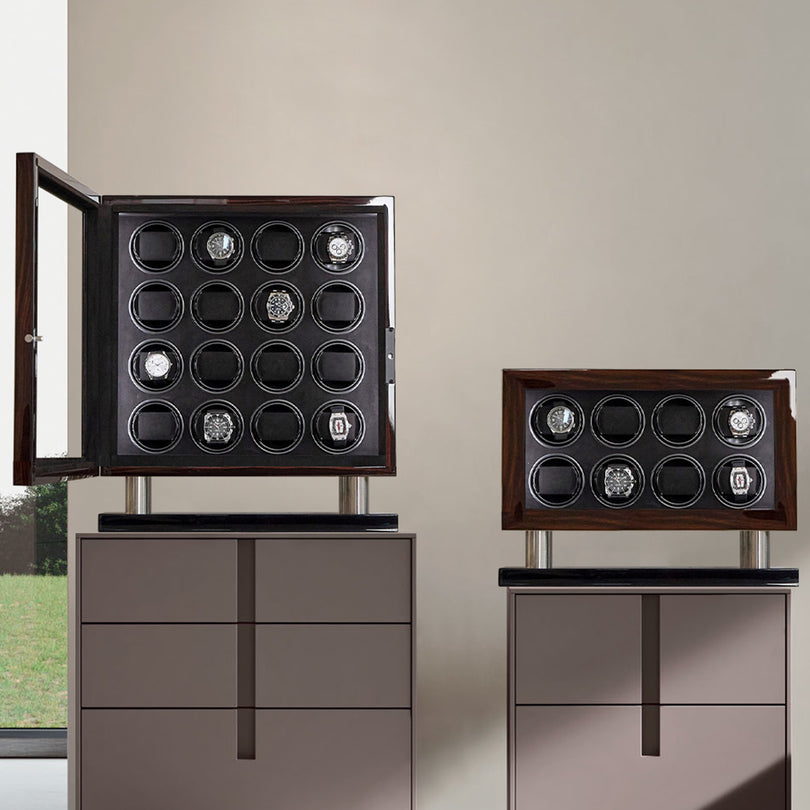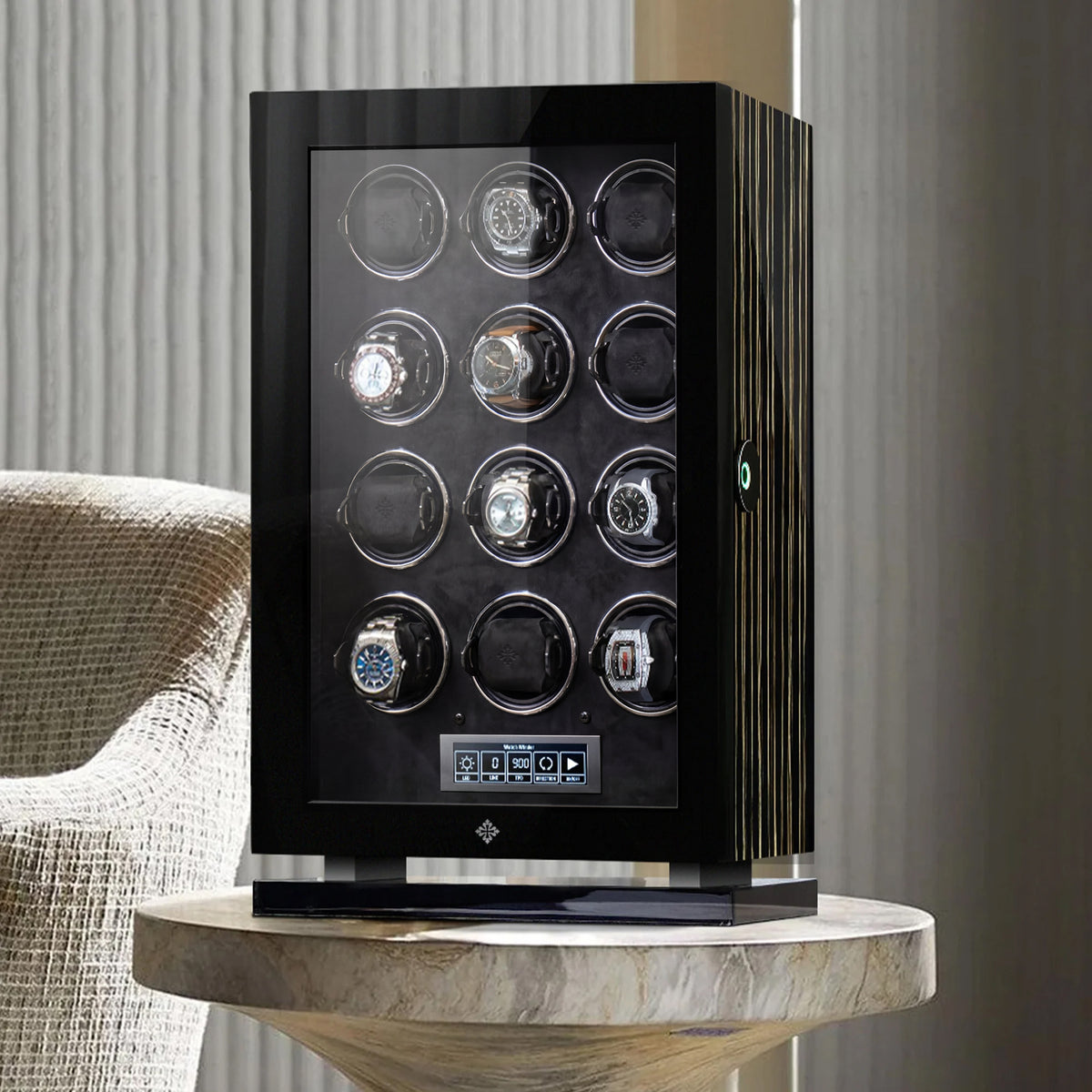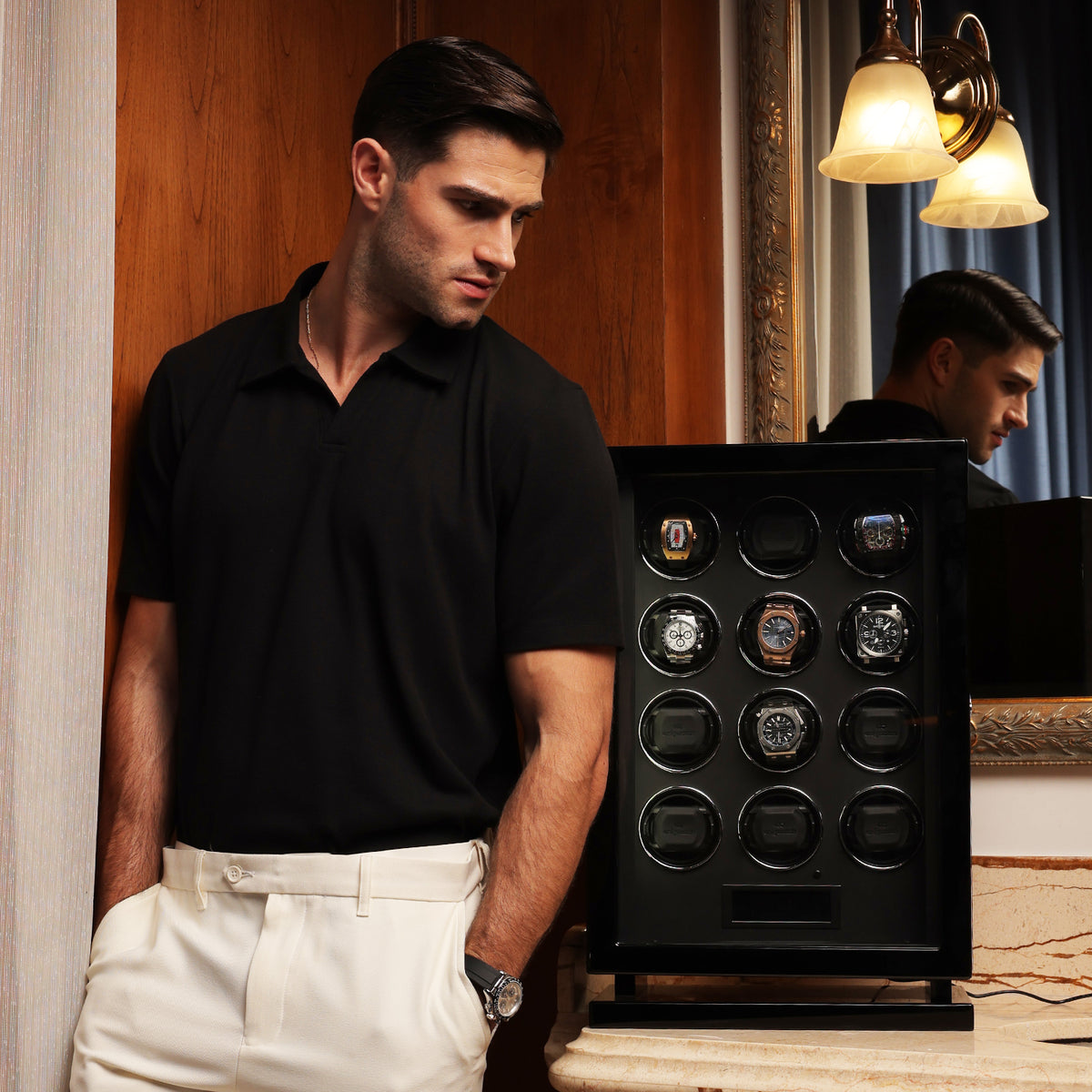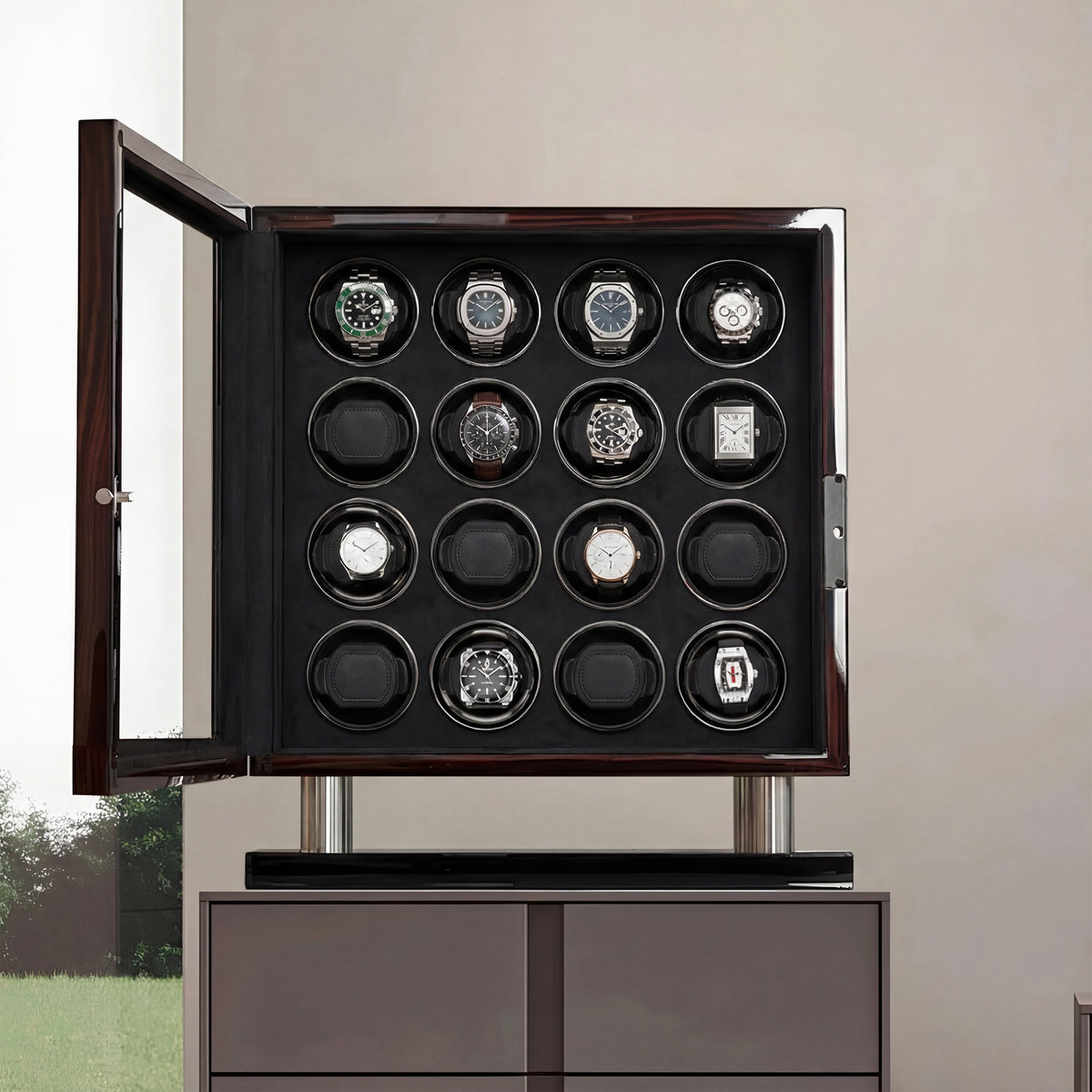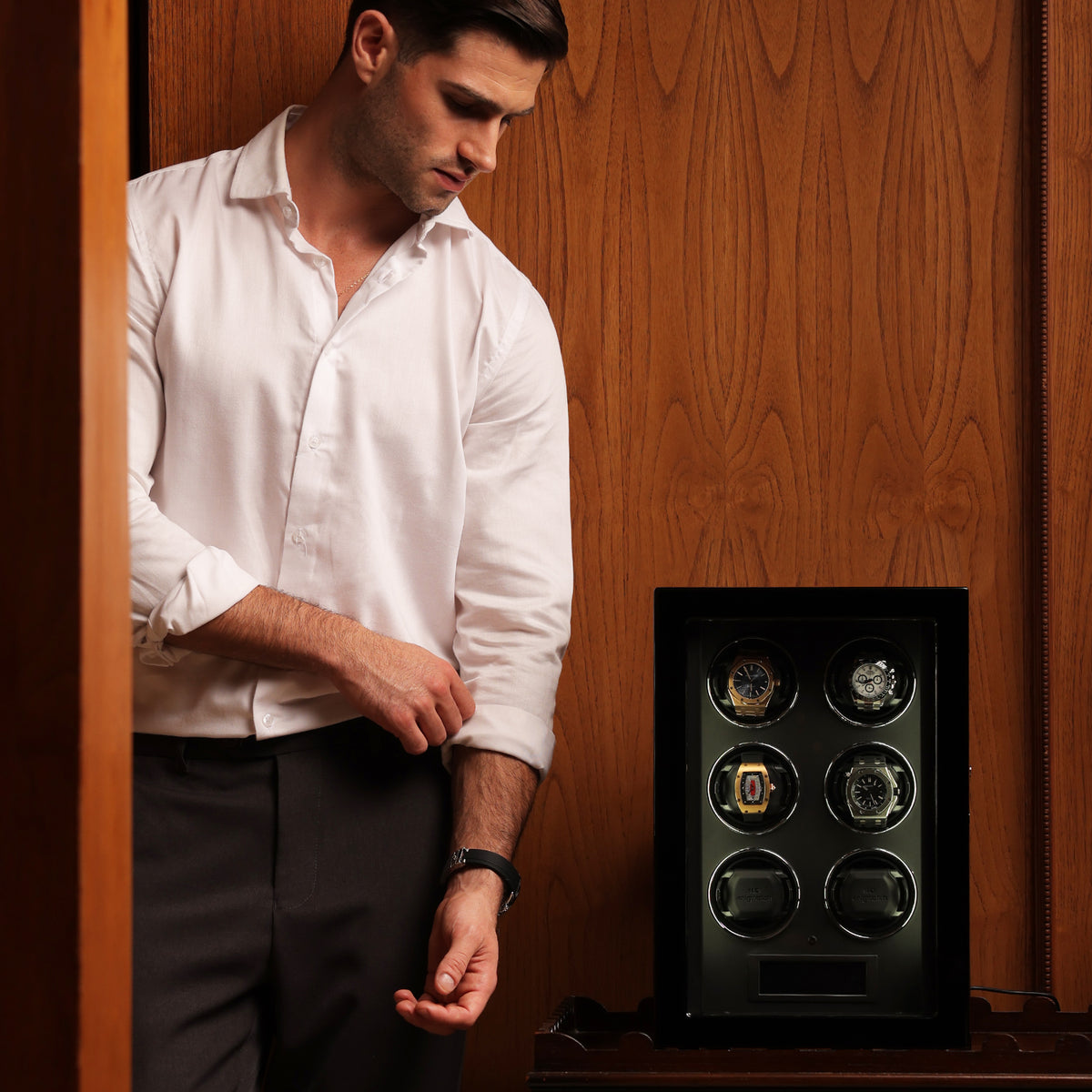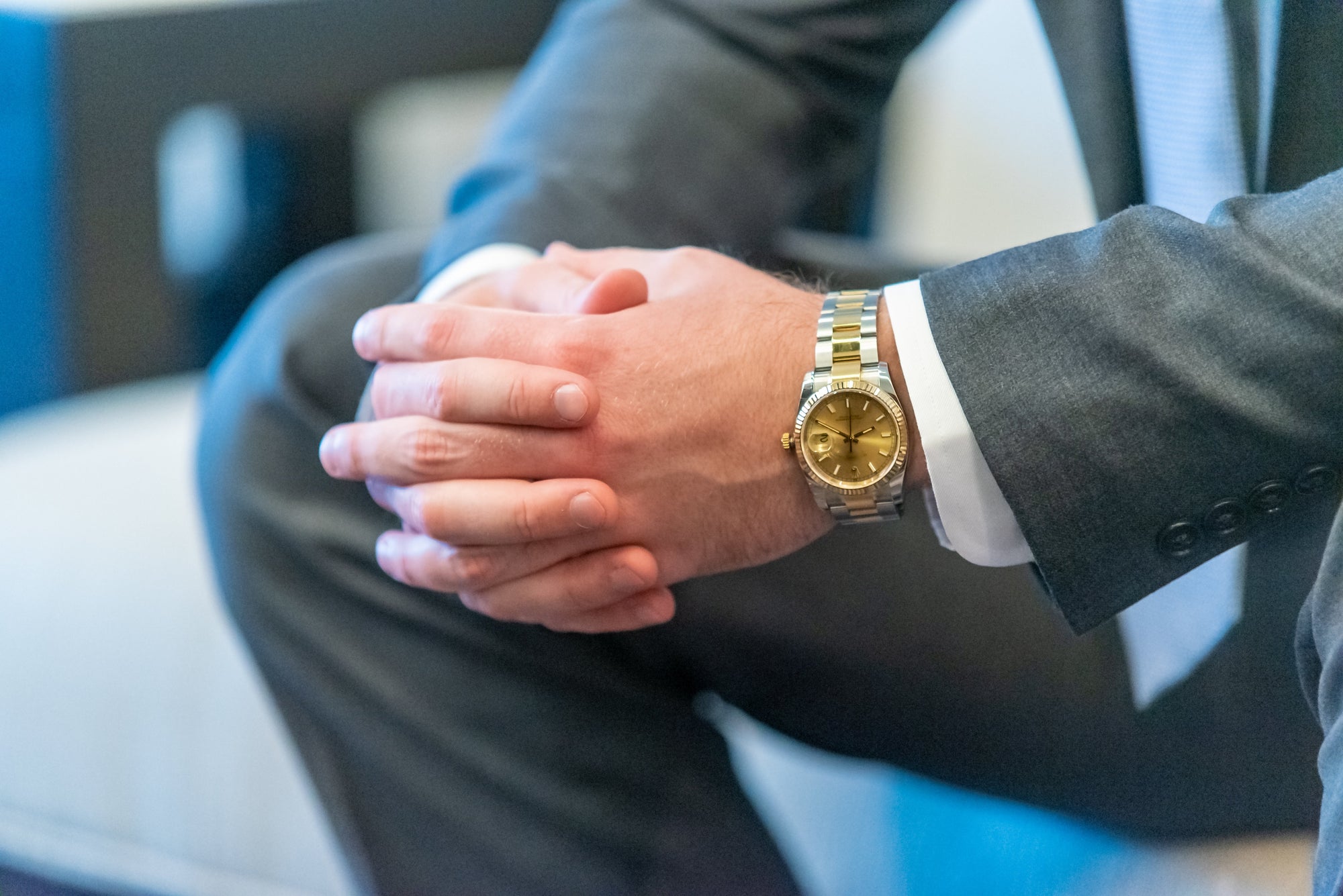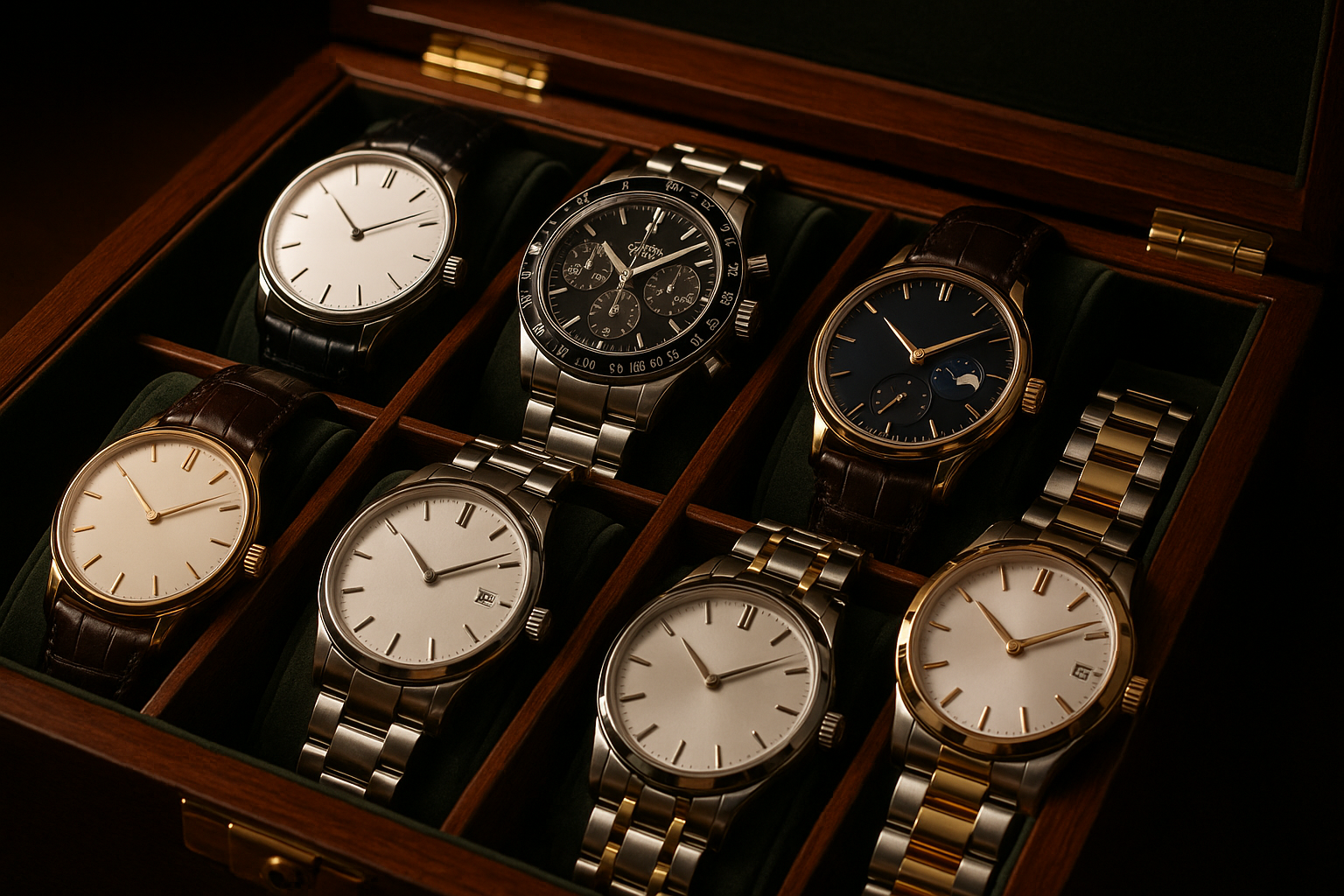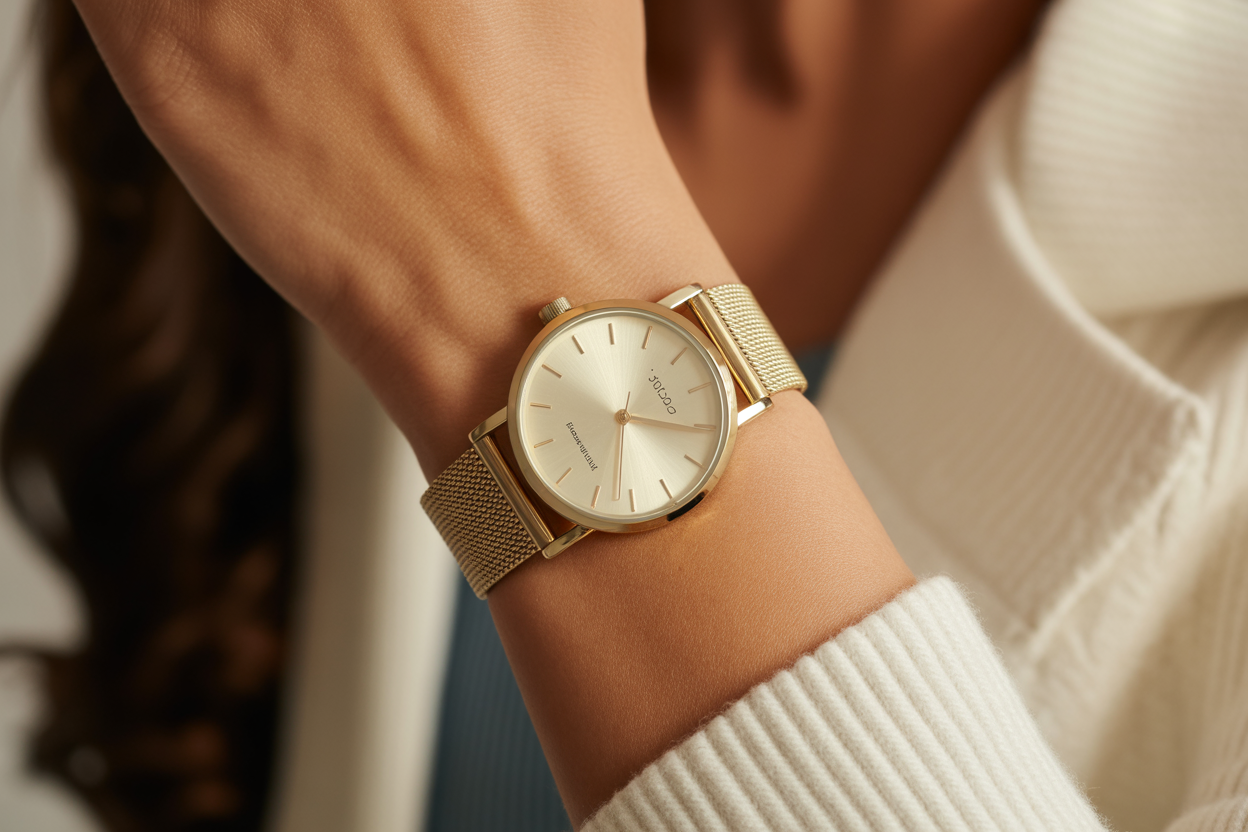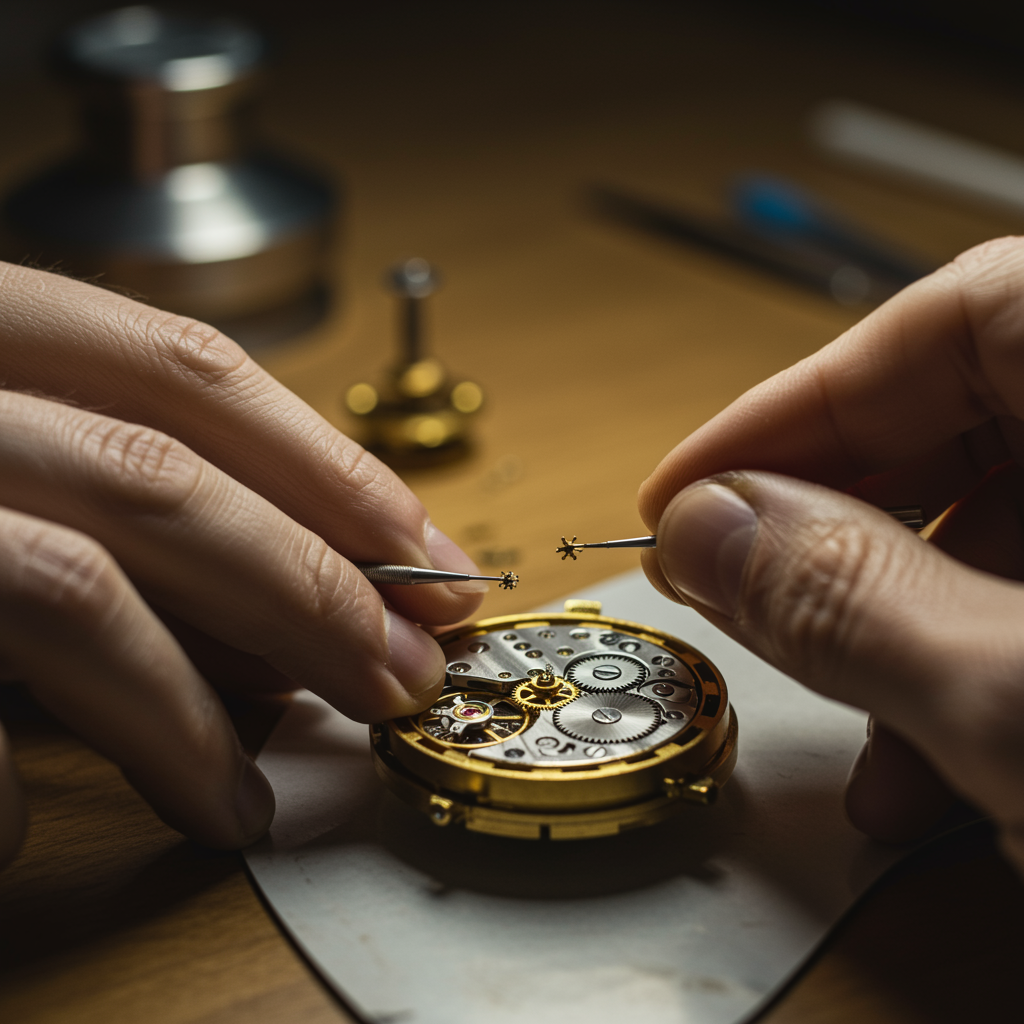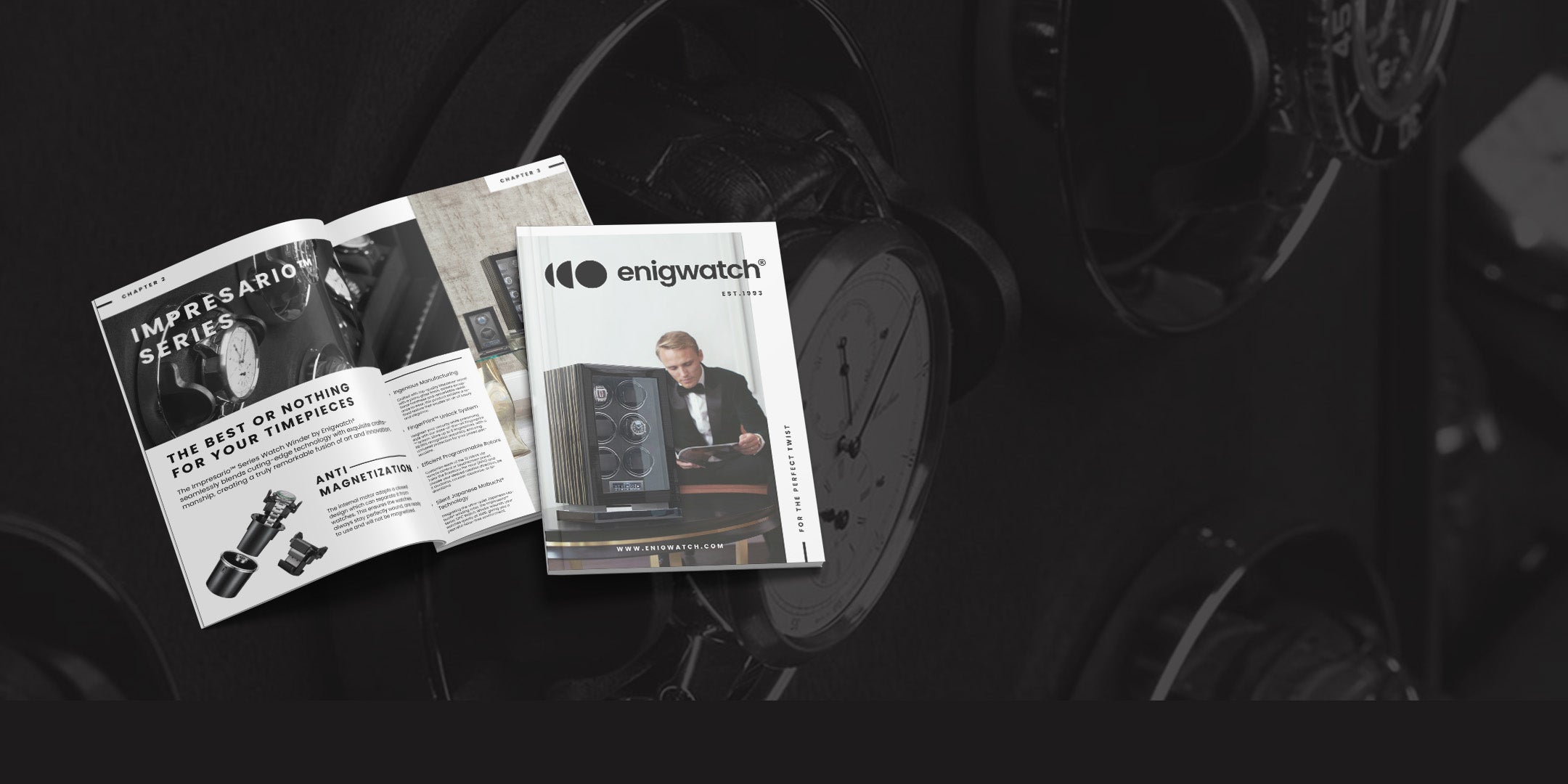Ensuring the authenticity of a Rolex watch is a vital aspect of luxury watch ownership. The market is rife with convincing replicas, making it increasingly challenging to differentiate a genuine Rolex from a counterfeit. Today, we will learn how to spot a fake rolex!
This comprehensive guide offers smart buying tips and essential advice, focusing on popular models like the Submariner and Datejust. It's designed to empower buyers in discerning the authentic from the fake, guaranteeing the satisfaction and prestige that comes with owning a real Rolex.
1. Examine the Watch's Weight
One of the initial indicators of a Rolex's authenticity is its weight. Genuine Rolex watches are crafted from high-quality materials like 904L stainless steel or 18kt gold, which contribute to their substantial weight. In contrast, counterfeit watches often use cheaper, lighter materials.
When held, a real Rolex feels solid and weighty in the hand. This difference in weight is especially noticeable in models like the Submariner and Datejust. A lighter watch might indicate lower quality metals, signaling a fake. Paying attention to this detail can be the first step in authenticating a Rolex.
2. Check the Watch Movement
Rolex is synonymous with precision engineering. The movement inside a Rolex, particularly in models like the Submariner, is a finely-tuned mechanical marvel. Genuine Rolex watches feature a smooth, sweeping motion of the second hand. Counterfeits, on the other hand, often have quartz movement, which results in a ticking motion.
This subtle difference can be particularly telling when examining how to spot a fake Rolex Submariner. Observing the movement can provide invaluable insights into whether the watch in question lives up to the Rolex standard of excellence.
3. Inspect the Winding Crown
The winding crown of a Rolex is a masterpiece of engineering and design. Genuine Rolex watches, including the Datejust and Submariner, have crowns that are perfectly proportioned and feature a finely-engraved logo. The crown should seamlessly screw into the case, ensuring the watch’s water resistance.
Fakes often have poorly made crowns with rough edges or incorrect logos. These imperfections can be more prominent when compared side by side with a genuine article. Taking the time to inspect the winding crown closely can reveal much about the watch's authenticity.
4. Look for the Cyclops Lens
The Cyclops lens is a signature feature of many Rolex models, including the Datejust. It magnifies the date display for easy reading. On a genuine Rolex, this lens magnifies the date by 2.5 times and is seamlessly integrated into the watch crystal.
Counterfeits may have a lens that poorly magnifies or is misaligned, which can be a clear indicator of a fake. When considering how to spot a fake Rolex Datejust, paying particular attention to the Cyclops lens's magnification and alignment is crucial.
5. Analyze the Case Back
The case back of a genuine Rolex is typically plain and smooth, with few exceptions. Counterfeit watches often have clear case backs that display the movement, or they may feature engravings or decorations.
This is particularly telling in models like the Submariner and Datejust, where the case back should be unadorned. If the case back is embellished or clear, it's a strong indication that the watch is not a genuine Rolex.
Read more: Don't Get Swindled: How to Spot Fake Audemars Piguet Watch (2023 Guide)
6. Verify the Serial and Model Numbers
Authentic Rolex watches have their serial and model numbers deeply engraved into the metal. These engravings are crisp, clear, and difficult to alter. On fake models, these numbers might be faint, uneven, or even missing.
Knowing how to spot a fake Rolex involves checking these numbers against Rolex’s records. This verification is particularly important when purchasing a second-hand watch, as it ensures the watch's history and authenticity.
7. Test the Water Resistance
Rolex watches are renowned for their water resistance. While it's not advisable to perform a water test on a watch you don't own, understanding this feature is important. Genuine Rolex models, like the Submariner, are designed for diving and can withstand significant water depths.
A fake Rolex, however, may falter even under minimal water exposure. It's important to note that while genuine Rolexes are water-resistant, their seals and water resistance capabilities can diminish over time and with wear.
Therefore, if a second-hand Rolex shows signs of water damage, it could either suggest a lack of maintenance or a counterfeit. In models such as the Submariner, renowned for their robustness in water, any signs of leakage or fogging under the crystal should raise immediate concerns about the watch's authenticity.
Read more: Breitling Dive Watches: The Ultimate Companion for Water Enthusiasts (2023 Review)
8. Feel the Texture and Finish
The craftsmanship of a Rolex watch is impeccable. The finish on a genuine Rolex is smooth, with every component fitting perfectly and seamlessly. The watch bracelet, bezel, and case should feel smooth to the touch with no rough edges or misalignments.
In contrast, a fake Rolex might feel rough, have uneven surfaces, or show poor craftsmanship. This aspect is particularly crucial in high-end models like the Datejust, where luxury is as much about the feel as it is about the appearance. A meticulous inspection of the watch's texture and finish can provide valuable clues to its authenticity.
9. Examine the Dial
The dial is often where counterfeiters fall short. A genuine Rolex dial, whether in a Submariner or Datejust, is flawless. The printing is precise, and the date windows are perfectly aligned. Any misalignment, uneven spacing, or smudging of text and logos is a clear sign of a counterfeit.
Moreover, the color and finish of the dial should be consistent with no discoloration. The dial should also match the specific model's standard design - any deviation in font, logo placement, or design might indicate a fake.
10. Seek Professional Verification
If there's still uncertainty about a Rolex's authenticity, professional verification is the most reliable option. A certified watchmaker or an authorized Rolex dealer has the expertise to authenticate a watch. They can examine the watch's movement, serial numbers, and other subtle details that might not be apparent to the untrained eye.
For those serious about investing in a Rolex, especially high-value models like the Submariner or Datejust, this step is indispensable. It not only ensures peace of mind but also safeguards against the financial and emotional costs of purchasing a counterfeit.
Conclusion
Mastering how to spot a fake Rolex is a blend of art and science, requiring attention to detail, an understanding of Rolex's craftsmanship, and often, expert advice. By meticulously examining aspects like the watch's weight, movement, crown, and dial, one can significantly reduce the risk of falling prey to counterfeits.
Remember, when it comes to luxury watches like Rolex, the devil is in the details. Whether it's a classic Datejust or a robust Submariner, ensuring the authenticity of your Rolex is paramount. In the world of luxury watches, it's always better to be thorough and consult experts than to regret a hasty decision.
This guide serves as a starting point for anyone embarking on the journey of Rolex ownership, ensuring that your timepiece is not just a statement of style but a testament to authenticity.

